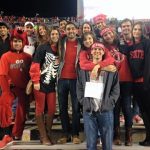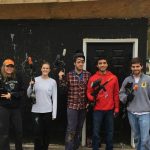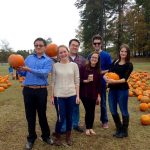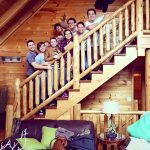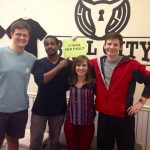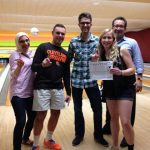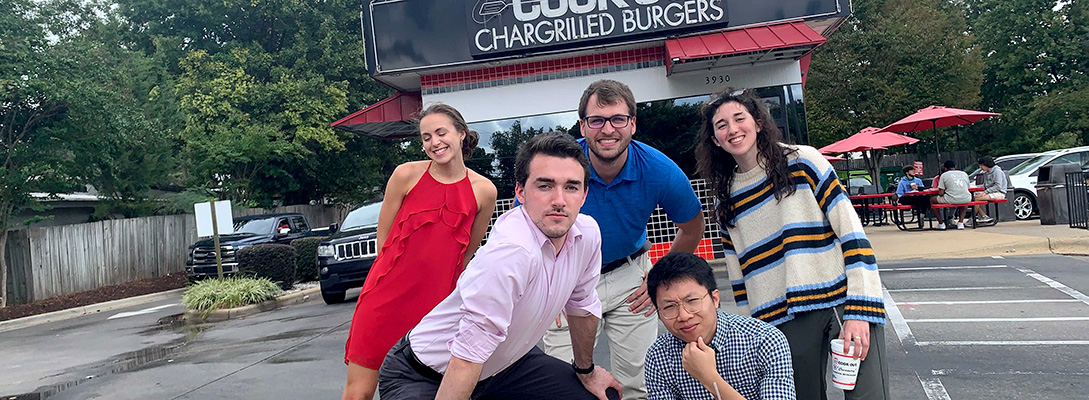The IAA Community Is Unlike Any Other Graduate Program Experience.
New School vs Old School
On our second day of class, Dr. Rappa, the Founder and Director of the institute, set the stage in a welcome talk introducing us to the concept of doing things the “New School” way. Through a series of examples, he made it very clear that we while we’re all individuals, we will be functioning team players in nearly every aspect of our work. The “Old School” spirit of competitiveness within a graduate program is not the IAA way. The highlighted contrast between competitiveness and collaboration struck me, and I followed up with a friend who received his graduate degree in a STEM field.
Me: “Did you feel like you were competing with your classmates during your two-year Master’s program?”
Him: “Yes! I made some close friends to get through the program but as a whole, I felt that I was competing for attention and opportunities from faculty members.”
Wow.
After completing half of the program, I wouldn’t have it any other way. The community our cohort has developed during such a brief amount time is truly unlike any other graduate program experience.
A Team-Focused Program
That second day of class, we had our first presentation – a team presentation. From there, we worked as fledgling analysts on a team summer project. And into the fall, each module brought with it the opportunity to work with four new classmates on another team. As we developed our analytical skills, we learned how to communicate our understanding of new concepts with each other and collaborate to complete several assignments and major projects together. Each time we leave a homework team, we think, “I can’t imagine having a better team than that one” and somehow, time-after-time, we have yet another great experience. Through the entire program, we’re all rooted to one practicum team working to solve a real world problem for a business partnered to the Institute as a sponsor.
Always Team Bonding
Following our periodic lectures on team work, followership, and leadership, I’m not sure if the faculty knew how seriously we’d take their advice to “try to bond with your teammates outside of class.” The Class of 2016 has knocked this one out of the park. Every time a new team was formed, old teams would celebrate their work with a pot-luck and new teams would have a game night to get to know each other. And as time progressed, the team bonding became more creative: rock climbing, trampoline park, firearms shooting, paintball, kayaking, Hurricanes games, and the occasional Buzzfeed quiz.
Teams Form a Community
As teams go their separate ways, the connections between teammates remain. These connections form our community and as a result, even more bonding opportunities have engaged our cohort: intramural teams, monthly birthday celebrations, trips to the beautiful mountains and beaches of North Carolina, Thanksgiving celebrations, catching the first showing of Star Wars, organizing a community toy drive, and many more.
Turning the Corner
When reflecting on the fact that over the next 100 days we’ll be in the thick of the job search process, the “New School” approach has prepared us well with ample problem solving and teamwork experience. In the future, the benefit of our community will be a professional one. As we embark on our careers, we will continue to network with each other, learn from each other’s work experiences, and possibly continue our teamwork volunteering our data expertise for social good. In the moment, however, the community benefit has been nothing but a wonderful, wonderful thing.
Columnist: A.G.
